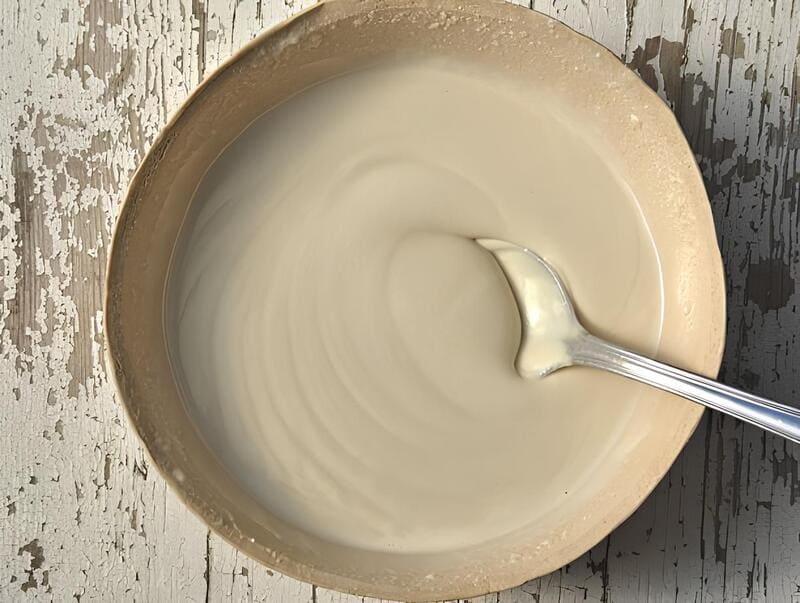
Tahini, a staple in Middle Eastern cuisine, is a creamy paste made from ground sesame seeds. Integral to numerous dishes, from hummus to baba ganoush, it boasts a rich, nutty flavor that enhances any recipe. This authentic Egyptian tahini recipe is simple and nurturing, emphasizing pure ingredients without any unessential additives.
Making tahini at home ensures unparalleled freshness and quality. This aromatic vegan sauce opens a world of culinary possibilities, perfect not just for savory dishes but also as a healthy alternative in sweet treats. Plus, understanding the benefits and side effects of tahini can help you leverage its nutritional value.
Ingredients
- 1 cup peeled white sesame seeds
- 1 cup roasted sesame seeds
- 1 cup vegetable oil
Preparation
- Lightly roast the white sesame seeds on low heat for four to five minutes until slightly heated.
- In a separate pan, warm the roasted sesame seeds to match the temperature of the white sesame seeds.
- Combine both types of sesame seeds and grind them finely using a coffee or spice grinder.
- Blend half of the ground sesame seeds with half a cup of vegetable oil in a blender until smooth.
- Gradually add the remaining ground sesame seeds and vegetable oil, blending until fully incorporated.
- Continue to mix for about five minutes until a smooth, creamy consistency is achieved.
- Let the tahini cool for at least one hour to thicken before storing.
Did you know?
Tahini, also known as tahina, is richly packed with essential nutrients. Its primary ingredient, sesame seeds, are a powerhouse of vitamins and minerals such as calcium, magnesium, and iron. They also contain healthy fats that can support heart health. Interestingly, tahini has been a part of Egyptian cuisine since ancient times, used in both savory and sweet dishes.
When stored properly, homemade tahini can last several months without losing its quality. It’s an incredibly versatile component in a vegetarian or vegan diet, not just as a dip but also as a dressing, sauce, or even a baking ingredient. Understanding the benefits and side effects of tahini is crucial. While it’s beneficial due to its nutrient-dense profile, consuming too much can lead to excessive calorie intake.
However, moderate consumption can contribute to a balanced diet, aiding in digestion and providing energy. Whether you’re exploring new ideas for using tahini or learning how to make it from scratch, this traditional Egyptian recipe is a great addition to your culinary repertoire.
